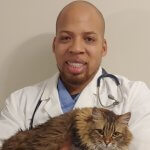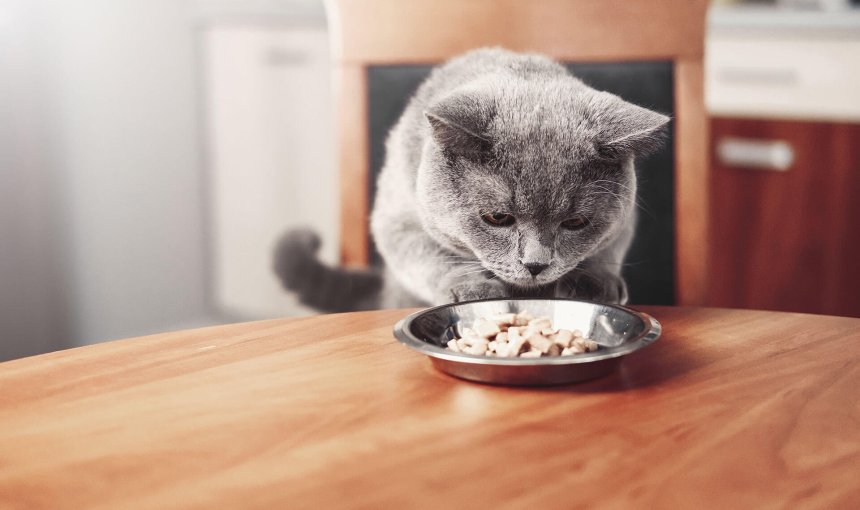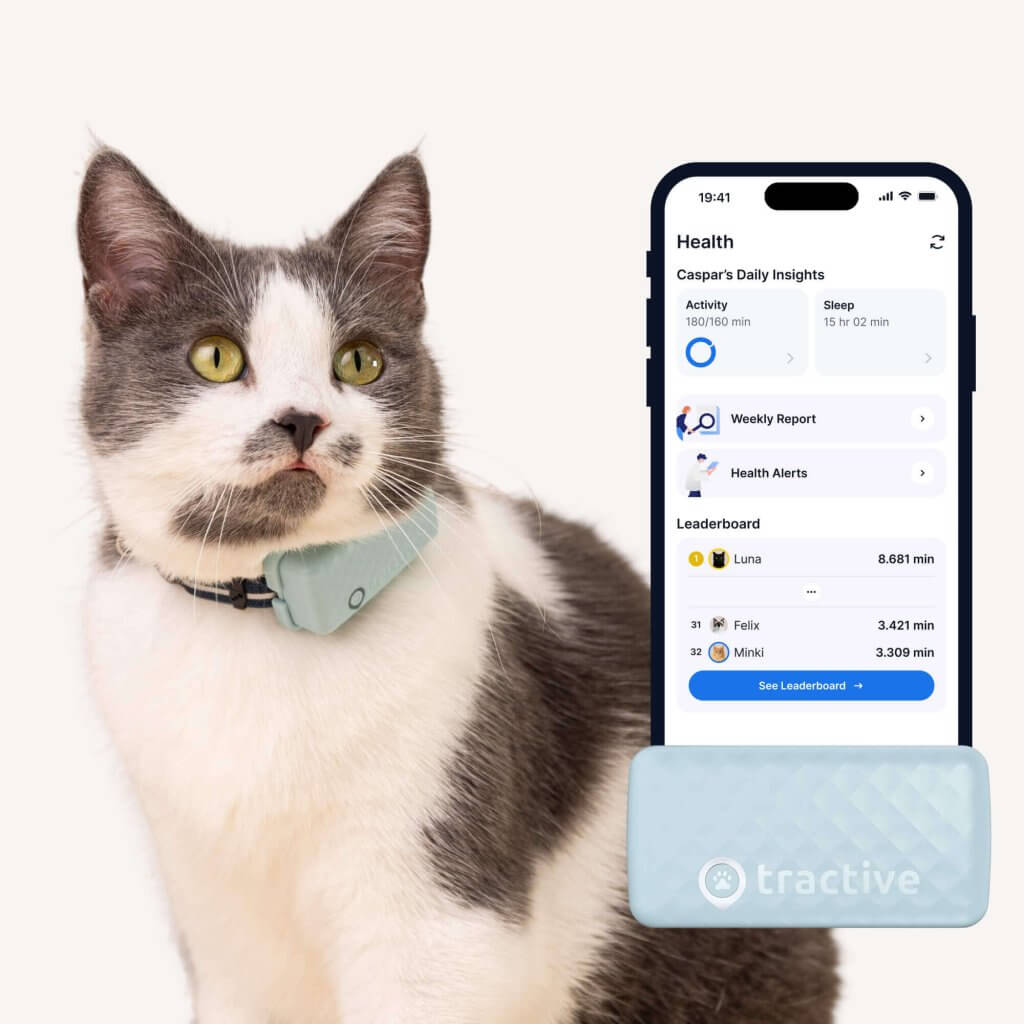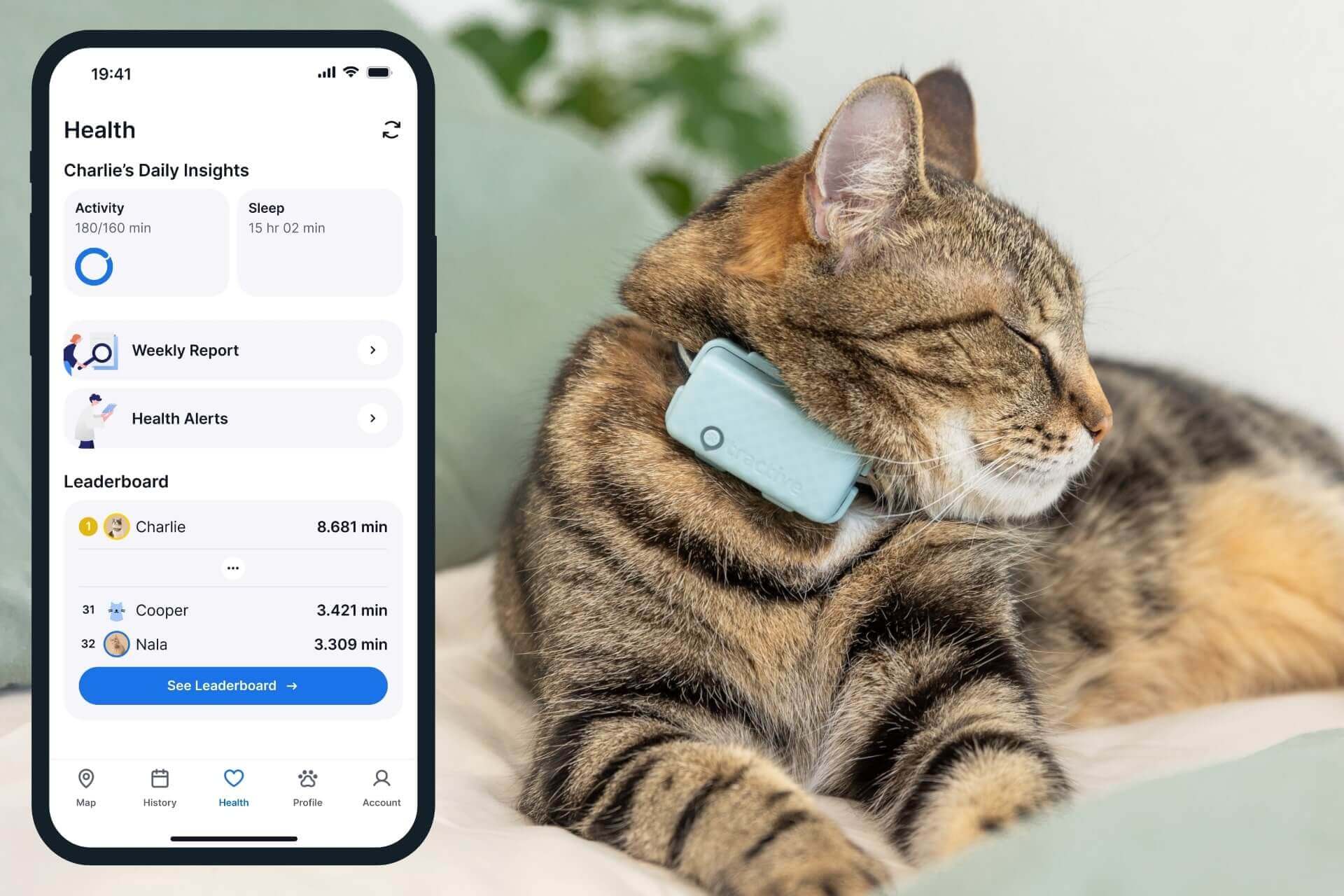 Approved by Dr. Dwight Alleyne, DVM
Approved by Dr. Dwight Alleyne, DVM Cat Not Eating As Much? These Might Be The Reasons Why
If your cat is not eating, is it harmless or dangerous? Discover all the reasons why a cat might not be eating - from the harmless to the harmful - and what you can do to help them gain their appetite back.

As a loving cat parent, it’s pretty alarming to come across your cat not eating – or just not eating as much, or maybe even neither eating nor drinking! So let’s dive right into the reasons behind it – and what you can do to address it.
Key Takeaways
A loss of appetite can be a serious issue.
A cat’s refusal to eat can be due to minor issues like stress or a change in routine. However, it can also be a symptom of a serious health condition like poisoning, dental problems, infections, or liver disease.
Hepatic lipidosis is a major concern.
Hepatic lipidosis (or fatty liver disease) may develop if a cat doesn’t eat for a few days. Watch out for symptoms like lethargy or a yellowing of your cat’s skin and eyes.
How to help a cat that is not eating.
Switch your cat’s diet to a lukewarm, easily-digestible food and feed them smaller portions. Never force-feed them and get in touch with your vet if their appetite loss persists.
A smart cat collar with Health Monitoring is a helpful tool.
Your Tractive device can monitor your cat’s activity levels – and alerting you to a change. These Health Alerts can help you track any behavioral changes which can be an early indicator of a health issue.

Find out where your cat spends their time.
Read moreWhy is my cat not eating? 5 less concerning reasons
Now if you’ve got a cat not eating as much, not every case of loss of appetite is due to illness. It could be because:
- They’ve already gotten fed somewhere
Including at your neighbor’s (or neighbors), someone in your family, or if they’re exercising their hunting skills. - Something’s stressing them out
Broadly, a change in routine can make your cat eat less as they try to cope. Like if you’ve switched apartments, brought home a new pet, or even switched to a new food, medication, or feeding bowl. - They’re in heat
With a loss in appetite being one of the early signs. - They’re growing older
Senior cats tend to be less active overall, which means they also need smaller portion sizes. - They’re recovering from spaying/neutering
Which can reduce your cat’s overall energy needs by 20-30%. (It’s why some cat parents wonder why their neutered cats have gained weight after the snip – if you keep feeding them the same amount of food as before, they’ll naturally gain weight as a result.) - You’ve just gotten them vaccinated or brought them home from surgery
Which can lead to a drop in appetite as their body adjusts to the recovery.
If your cat isn’t eating at all, make sure to keep an eye out for any other signs of illness. (Including lethargy, or a drop in activity.) Make sure to drop by your vet in case you notice this loss of appetite persisting more than 2 weeks.
💡A smart cat collar with Health Monitoring can help you pick up on a drop in your cat’s everyday activity quicker and easier. So you can catch on to symptoms like lethargy much before they worsen – and get your cat to a vet on time.

Get health alerts for your cat
Our cats can’t always tell us if something’s wrong. But if their tracker detects unusual changes in their routine, you’ll get an alert, helping you catch potential issues early.
9 more concerning reasons your cat won’t eat
In some cases, a cat not eating is a symptom of a more serious health problem. Including:
- Poisoning
- Inflammation of the organs
- Dental problems
- Infections (including viral and parasitic infections – especially if your cat hasn’t been vaccinated)
- Gastrointestinal disease
- Hyperthyroidism
- Intestinal obstruction or constipation
- Urinary tract obstruction
- Liver disease
Besides food, it’s important your cat drinks a healthy amount of water as well. In general, your cat should be drinking between 1-2 oz per pound (45-60 ml per kg) of body weight per day. A normal-weight cat weighing 9lbs/4 kg needs around 6 oz/200 ml of liquid per day to prevent dehydration.
Other symptoms to watch out for – besides your cat not eating
Besides refusing to eat, watch out for these other signs of illness – and get your cat to a vet for a checkup immediately.
| If your cat isn’t eating and… | It could be a sign of… |
| Vomiting | Food allergy, intestinal obstruction, kidney failure, poisoning |
| Sleeping a lot | Fever, infection ⚠️ Keep in mind that a cat’s normal body temperature should be between 100.5° and 102.5°F (38° and 39°C.) A temperature above 39.5°C most likely indicates an infection. |
| Having diarrhea | Poisoning, food allergy, inflammation of their intestines or pancreas, parasites, organ disease |
| Drinking a lot of water | Diabetes, renal insufficiency, urinary infection, liver disease |
| Lethargic | Fatty liver syndrome (especially if accompanied with weight loss) |
Hepatic lipidosis (fatty liver) in cats
If your cat doesn’t eat for a while – like a few days in a row – they may be at risk of developing hepatic lipidosis, or fatty liver disease. This is a lipid metabolism disorder in cats that can lead to acute disease within a few days and could lead to organ failure or even death if left untreated.
“Lipidosis” means an abnormal accumulation of fat. One of the main causes for this condition is when cats don’t eat for a while – making their bodies store fat in their livers instead.2 Over time, this might show up as:
- Yellowing of the skin and eyes
- Lethargy, or a drop in your cat’s overall activity level
- Vomiting
- Seeming weaker than usual – as well as other behavioral changes
Overweight and female cats are most at risk for developing hepatic lipidosis, or fatty liver. Make sure to get in touch with your vet immediately if you notice any of these signs.
4 steps you can take if your cat is no longer eating
If your cat hasn’t eaten for 12-24 hours, this can be life-threatening for them. So make sure to keep an eye out for any symptoms of lethargy or malaise – and get them to a vet right away.
Your vet might take a blood test and stool samples to figure out what’s causing your cat’s loss of appetite. In some cases, they might even need to examine your cat through an X-ray or ultrasound.
But here’s what you can do otherwise:
- Switch up your cat’s diet gradually
Slowly introduced lukewarm, easily-digestible food to your cat’s diet. Try boiled chicken or a mix of lean poultry, meat, and rice in small portions. Try heating or mixing the food in fish oil, broth, or cooked eggs to encourage your cat to eat.3 - Feed your cat smaller portions throughout the day
Rather than one big meal, which might be harder to digest. - Always check with your vet whether you should force feed your cat
(With a syringe or similar.) This could be a potentially stressful experience for your cat, which may not help them recover as best as they could otherwise. Your vet could also prescribe you a medically-approved appetite stimulant instead.4 - Keep your friends, family, and neighbors informed
To avoid any situation where someone might feed your cat something extra (or potentially toxic) by accident.
Where a GPS & Health Tracker Can Step In
When a cat stops eating, it’s often a sign that something is wrong. But figuring out the cause can be tricky. That’s where technology can lend a hand. With a GPS & Health Tracker like Tractive, you can better figure out your cat’s behavior with:
- Activity Tracking
Cats are naturally active and curious creatures, so a sudden drop in movement could indicate discomfort, pain, or illness. With Tractive’s Activity Tracking, you can more quickly pick up on a drop in your cat’s activity levels, helping you recognize when something might be off. - Health Alerts
If there’s a weird drop in your cat’s active minutes over a period of time, your tracker sends you a Health Alert. So you can get them over to a vet that much quicker and catch on to a potential health issue before it has a chance to worsen.

- Location History
If your cat has outdoor access, checking the Location History lets you see if they’ve stopped visiting their favorite spots, are spending more time in one place, or are avoiding certain areas, which could signal stress, discomfort, or even an injury. - LIVE Tracking
If your cat has been hiding away more than usual, LIVE Tracking can help you locate them quickly. Whether they’re under a bed, in a quiet corner of the house, or somewhere outside, tracking them in real-time ensures you can check on them and bring them to the vet if needed.
All this in one device – built with love for cats and for your peace of mind as a cat parent.
Your furry friend’s health and wellbeing means as much as to us as it does to you. So we’ve made it a priority to only share medically-relevant content on our blog. This post was checked, double-checked, and medically verified by Georgia-based vet, Dr. Dwight Alleyne.

Dr. Dwight Alleyne, DVM
Originally from Long Island, New York, Dr. Alleyne began his career at a no-kill animal shelter before becoming a licensed veterinary technician. He graduated from Cornell University Veterinary College in 2006 and completed an internship at Purdue University. Now practicing in Georgia, Dr. Alleyne specializes in soft tissue surgery and ultrasounds. He also writes pet health articles on his website, “The Animal Doctor Blog” (www.anmldrblog.com).



